You might think this cake is from Italy with a name like Italian cream cake, but it’s not! While the origins of the cake are a bit of a mystery, rumors are that the cake originated in Texas. Its defining features are the toasted pecans and shredded coconut mixed throughout the layers of vanilla cake. The flavors go so well together that you’re not going to have any leftover after serving it. If you want another cake like this Italian creme cake that is great for any occasion, try making my chocolate chip cake, marble cake, or easy chocolate cake recipe! These soft and fluffy cakes always steal the show.
What You Need to Make This Recipe
Baking soda and baking powder — make sure your leavening agents are fresh. If they’re expired, your cake may not rise.
Butter — as the butter is for both the cake and frosting, be sure to use unsalted butter. The amount of salt in salted butter is not consistent amongst different brands, so it’s best to add salt separately. Be sure to set out the butter beforehand to bring the butter to room temperature. The butter should yield to the touch when pressed.
Vegetable shortening — the high-fat content in shortening is what makes the Italian cake softer and lighter than regular cake.
Buttermilk — using buttermilk in cakes gives a tangy flavor to them and adds fluffiness and moisture. If you do not have any, see my buttermilk substitute recipe.
Cream cheese — be sure to use full-fat cream cheese and not the spreadable type from a tub. Cold cream cheese won’t mix well, so bring it to room temperature, or you’ll end up with lumpy frosting in your Italian cream cake.
How to Make Italian Cream Cake
1. Whisk the all purpose flour, baking powder, salt, and baking soda in a medium bowl.
2. In a large mixing bowl, beat the butter and shortening together at medium-low speed until combined. Add the sugar and the egg yolk one at a time, and beat until well combined. Then, beat in the vanilla and almond extracts.
3. With the stand mixer on low, add in the flour mixture alternating with the buttermilk until combined.
4. In a separate bowl with clean beaters, beat the egg whites until stiff peaks form.
5. To the bowl of batter, stir in the coconut and pecans.
6. Fold the egg whites into the batter in three portions. Divide the batter among three prepared cake pans. Bake for 30 minutes or until golden brown. Let the cakes cool in the pans before transferring them to wire racks to cool completely.
7. To make the frosting, beat the cream cheese, butter, and vanilla on medium-low speed until smooth. Gradually mix in the confectioners’ sugar at low speed until combined. Increase speed to medium-low and beat until fluffy.
8. Assemble the cake by spreading 1¼ cup frosting between each layer. Spread the remaining frosting on the top and sides of the cake, saving about 1 cup for piping on the top. Garnish with toasted coconut, pecans, and rolled cookies, if desired.
Pro Tips for Making This Recipe
- If your cake tops are not flat, use a serrated knife to cut off the dome. If you struggle with your layers doming, try using cake strips to help your layers come out evenly. Cake strips work by keeping the outside edge of the pan cooler to ensure that the entire cake rises at the same rate, preventing a dome from forming in the middle. If you don’t want to purchase a set, check out my post on getting flat cake layers to learn how to DIY the cake strips.
- Avoid over-mixing as you risk over-developing the gluten in the batter leading to a tough, dry, and dense Italian cream cake.
- I recommend tapping the cake pans on your counter to pop any air bubbles in the batter.
- I highly recommend using a kitchen scale to measure your flour. However, if you don’t have one, be sure to fluff your flour with a spoon and then spoon it into your cups before leveling it off with a knife. This method is the best way to measure flour without overpacking the measuring cup.
- To bring your cream cheese to room temperature, leave it out the night before or heat it in the microwave for 20 seconds at 50% power.
- An offset spatula or bench scraper is perfect for frosting the cake.
- The egg yolks should be at room temperature to ensure they incorporate evenly into your batter without accidentally over-mixing. Egg whites whip up easier when closer to room temperature. Remember that it is easier to separate the egg whites and egg yolks when they’re cold, so separate them ahead of time so the yolks can come to room temperature and keep the whites in the fridge until ready to whip.
- When whipping the egg whites, make sure there’s no water or liquid in the mixer as it’ll prevent the egg whites from forming peaks. Avoid whipping the egg whites in a plastic bowl as grease tends to be harder to clean off plastic bowls, and it’ll prevent you from whipping up the egg whites properly.
- When folding in the egg whites, turn the mixture in on itself with a cutting motion, not stirring. This way, you do not deflate the egg whites.
Frequently Asked Questions
How do I store this?
Keep the Italian cake refrigerated until ready to serve. Due to the cream cheese frosting, the cake needs to be refrigerated. Keep any leftovers, loosely covered with plastic wrap, in the fridge for up to 1 week. If you have a cake keeper, you can use that. If not, the dollops of frosting on top might get a little squished from plastic wrap. You can also stick some toothpicks in the cake and use them to keep the plastic from touching the frosting.
Can I freeze this cake?
If you’d like to make this Italian cream cake recipe ahead of time to freeze, you can leave it unfrosted and freeze the layers for up to three months. I recommend wrapping the cake layers in plastic wrap and then aluminum foil before freezing. When ready to enjoy, thaw the layers overnight in the fridge. Then, bring the cake layers to room temperature before frosting. You can freeze the entire cake or individual slices for up to 2 months. When ready to enjoy, thaw overnight in the refrigerator and then bring to room temperature before serving.
How do I toast pecans?
To toast the pecans, add them to a skillet over medium heat and toast the pecans until browned and fragrant, around 5 minutes. Alternatively, bake the pecans in a 350F oven for 5 to 10 minutes, shaking the pan every few minutes, so they brown evenly.
Can I use a different frosting?
If you’re not a fan of cream cheese frosting, you can change it up by using my vanilla buttercream frosting recipe, chocolate buttercream frosting, strawberry buttercream, or swiss meringue buttercream.
If you’ve tried this Italian Cream Cake recipe, then don’t forget to rate the recipe and let me know how you got on in the comments below, I love hearing from you!
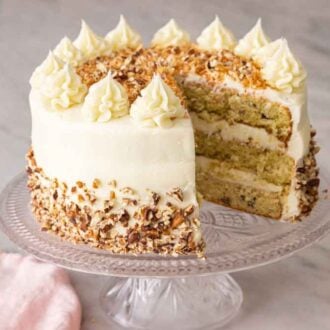
Italian Cream Cake
Video
Equipment
- 9-inch round cake pan
- Mixer
Ingredients
For the Cake:
- 2⅓ cups all-purpose flour (280g)
- 1¼ teaspoon baking powder
- ¾ teaspoon salt
- ½ teaspoon baking soda
- ⅔ cup unsalted butter (152g)
- ½ cup vegetable shortening (96g)
- 2 cups granulated sugar (400g)
- 6 large eggs separated
- 2 teaspoons vanilla extract
- ¾ teaspoon almond extract
- 1 cup whole buttermilk (240mL)
- 1 cup sweetened flaked coconut (100g)
- 1 cup toasted pecans chopped (115g)
For the Frosting:
- 2 8-ounce blocks cream cheese room temperature (226g)
- 1½ cups unsalted butter (340g)
- ½ teaspoon vanilla extract
- 7 cups confectioners’ sugar (840g)
For the Garnish
- toasted coconut
- toasted pecans
Instructions
For the Cake:
- Preheat the oven to 350F. Butter and flour 3 (9-inch) cake pans or spray with baking spray.
- In a medium bowl, whisk together the flour, baking powder, salt, and baking soda.
- In a large mixing bowl or the bowl of a stand mixer with the paddle attachment, beat the butter and shortening together on medium-low speed until combined. Add the sugar and beat until light and fluffy, about 3 minutes. Add the egg yolk one at a time, and beat until well combined. Scrape down the bowl and beat in the vanilla and almond extracts.
- With the mixer on low, add in the flour mixture alternating with the buttermilk until combined. Scrape down the bowl and stir in the coconut and pecans.
- In a separate bowl with clean beaters, beat the egg whites until stiff peaks form. Fold into the batter in three portions. Divide the batter among the cake pans.
- Bake for 30 minutes or until golden brown and the edges of the cake start to pull away from the sides of the pan. Let the cakes cool in the pans for 15 minutes then remove and continue cooling completely on wire racks.
For the Frosting:
- In a large mixing bowl or the bowl of a stand mixer with the paddle attachment, beat the cream cheese, butter, and vanilla on medium-low speed until smooth. With the mixer on low speed, gradually mix in the confectioners’ sugar until combined. Increase speed to medium-low and beat until fluffy, about 1 minute.
For the Assembly:
- Place a cake layer on a cake plate. Top with 1¼ cup frosting, and spread into an even layer to the edge of the cake. Repeat with another cake layer and frosting. Top with the remaining cake layer. Spread the remaining frosting on the top and sides of the cake, saving about 1 cup for piping on the top, if desired. Garnish with toasted coconut, pecans, and rolled cookies, if desired. Keep the cake refrigerated until ready to serve. Keep any leftover, loosely covered, in the fridge for up to 1 week.
Notes
- If your cake tops are not flat, use a serrated knife to cut off the dome. If you struggle with your layers doming, try using cake strips to help your layers come out evenly. Cake strips work by keeping the outside edge of the pan cooler to ensure that the entire cake rises at the same rate, preventing a dome from forming in the middle. If you don’t want to purchase a set, check out my post on getting flat cake layers to learn how to DIY the strips.
- Avoid over-mixing as you risk over-developing the gluten in the batter leading to a tough, dry, and dense cake.
- I recommend tapping the cake pans on your counter to pop any air bubbles in the batter.
- I highly recommend using a scale to measure your flour. However, if you don’t have a scale, be sure to fluff your flour with a spoon and then spoon it into your cups before leveling it off with a knife. This method is the best way to measure flour without overpacking the measuring cup.
- To bring your cream cheese to room temperature, leave it out the night before or heat it in the microwave for 20 seconds at 50% power.
- An offset spatula or bench scraper is perfect for frosting the cake.
- The egg yolks should be at room temperature to ensure they incorporate evenly into your batter without accidentally over-mixing. Egg whites whip up easier when closer to room temperature. Remember that it is easier to separate the egg whites and egg yolks when they’re cold, so separate them ahead of time so the yolks can come to room temperature and keep the whites in the fridge until ready to whip.
- When whipping the egg whites, make sure there’s no water or liquid in the mixer as it’ll prevent the egg whites from forming peaks. Avoid whipping the egg whites in a plastic bowl as grease tend to be harder to clean off plastic bowls, and it’ll prevent you from whipping up the egg whites.
- When folding in the egg whites, turn the mixture in on itself with a cutting motion, not stirring. This way, you do not deflate the egg whites.



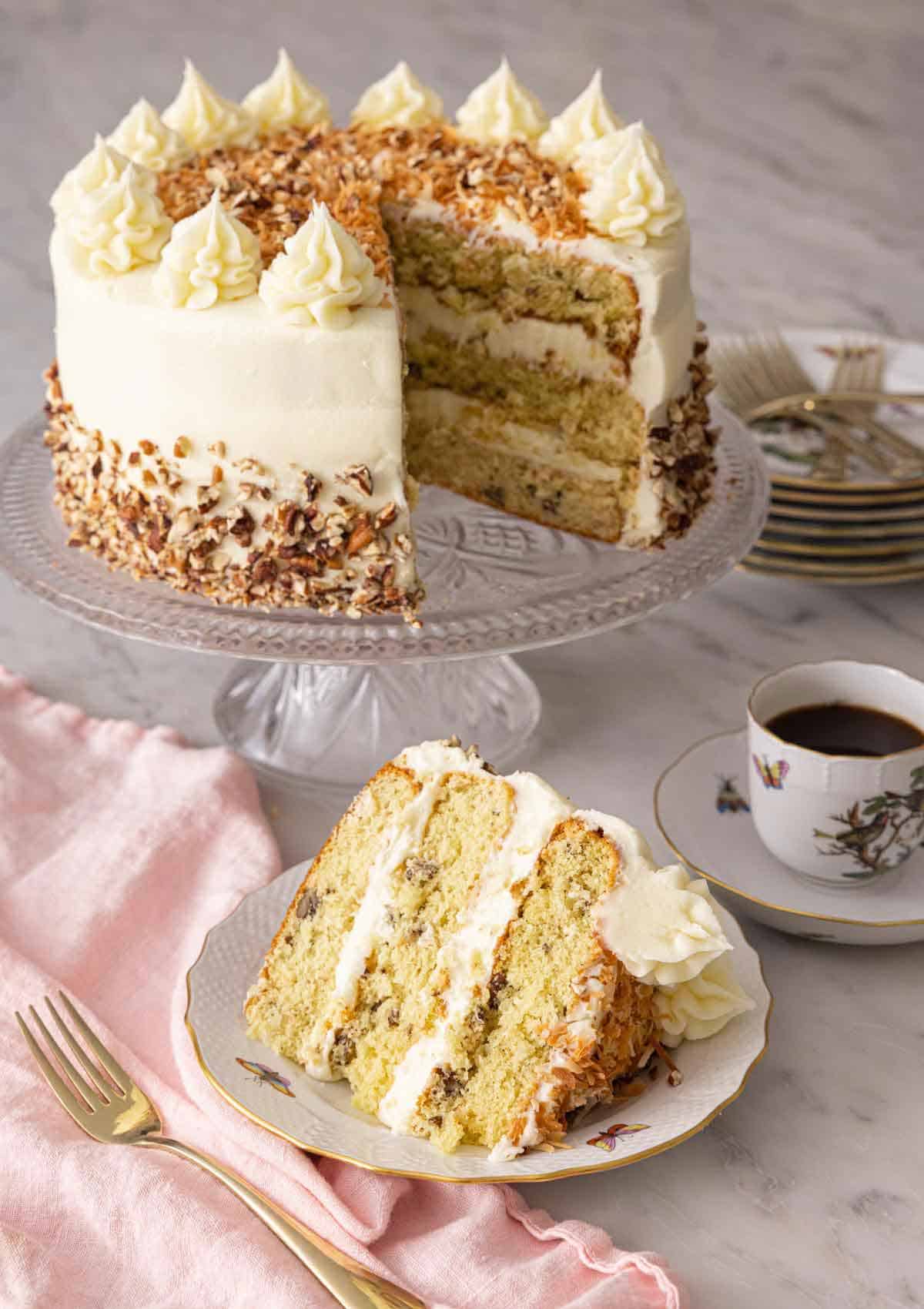
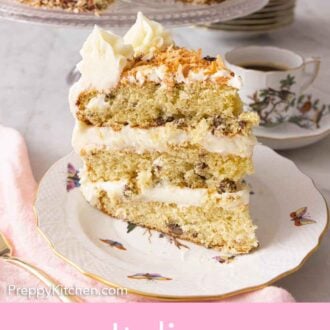
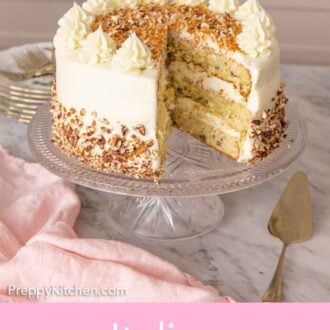
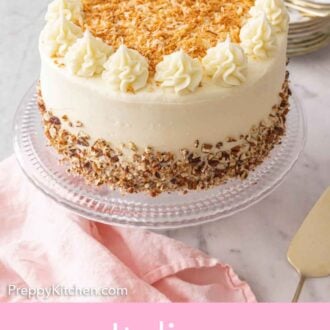
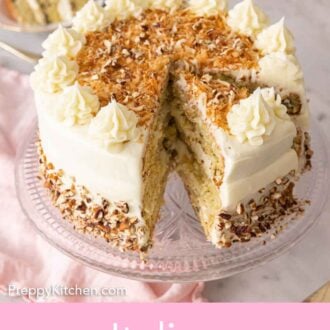
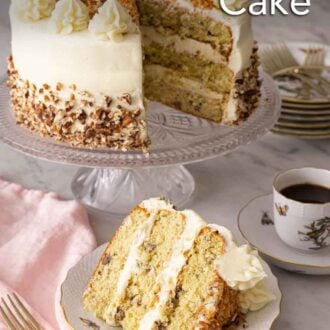
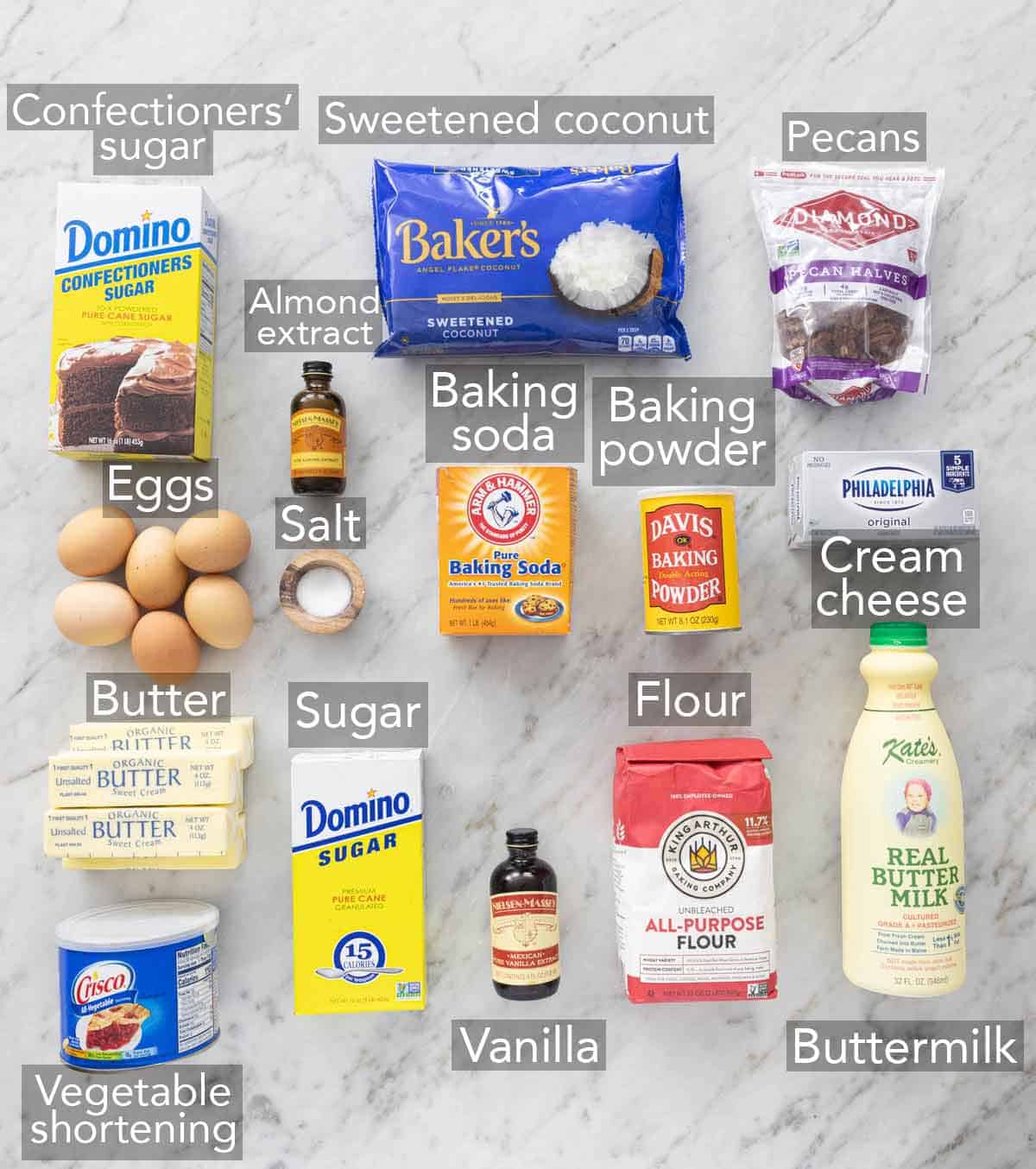
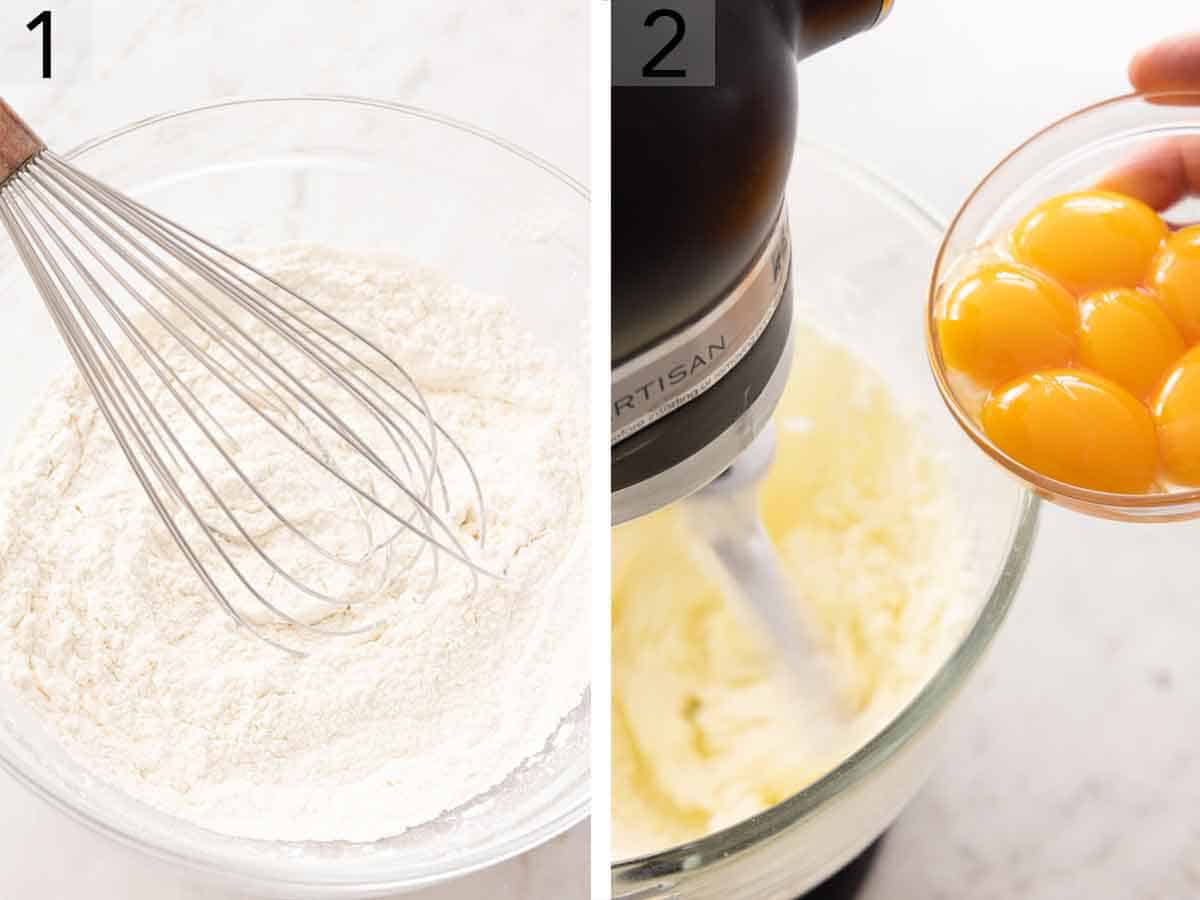
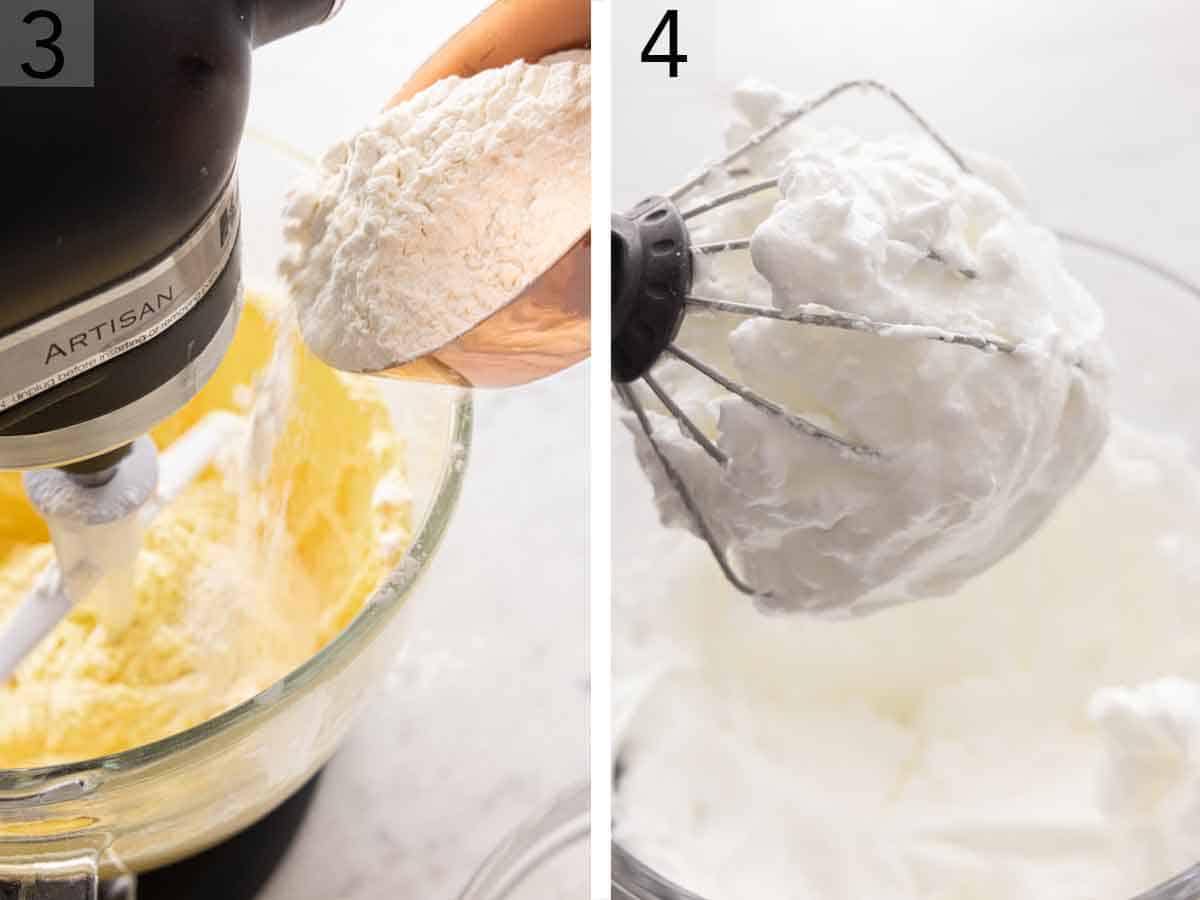
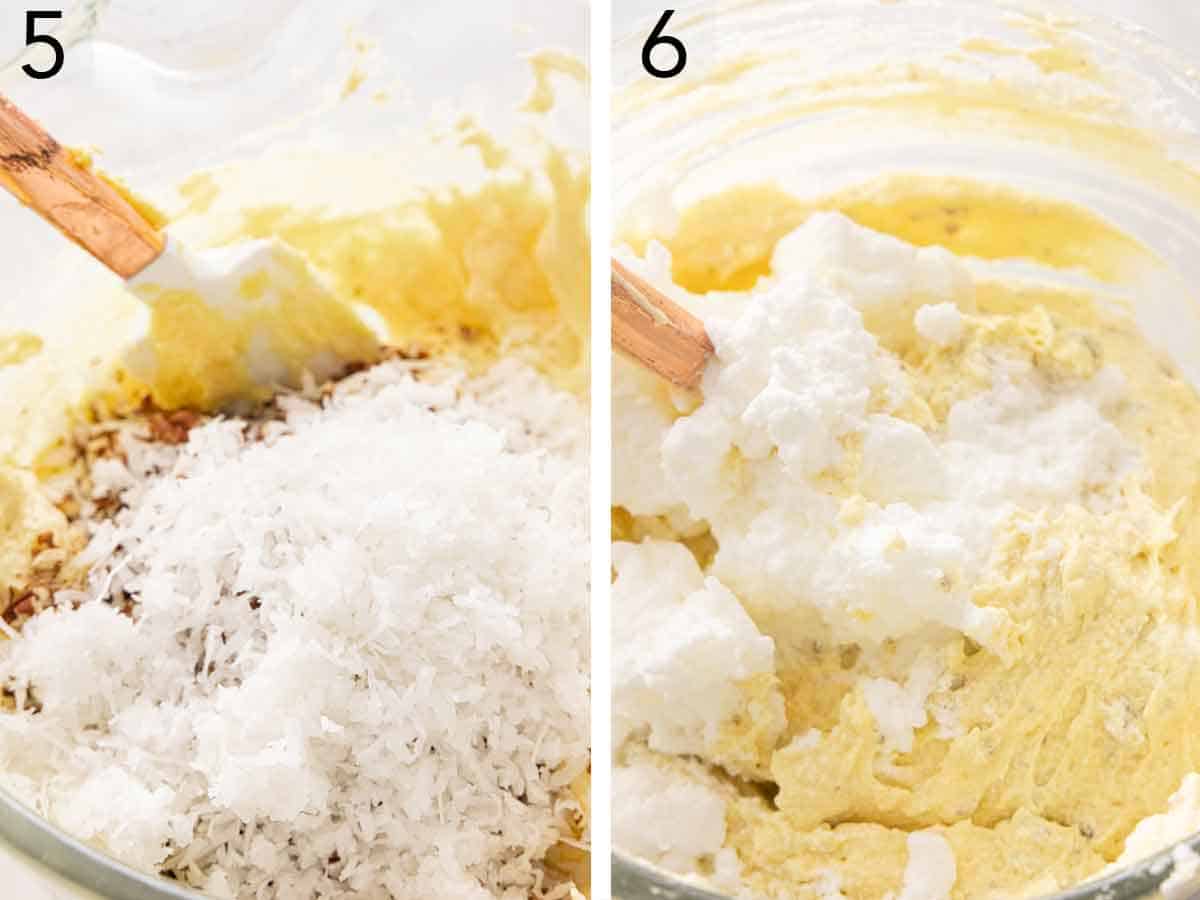
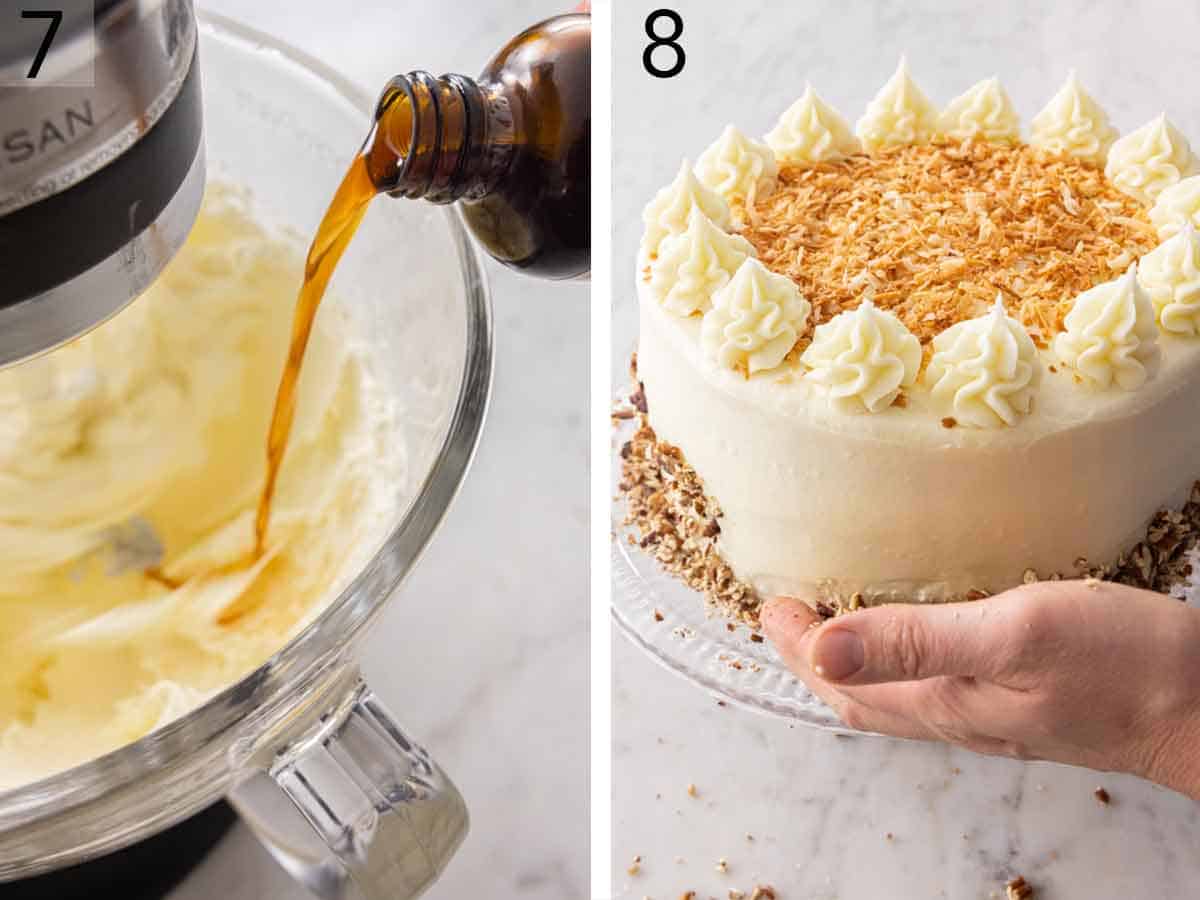
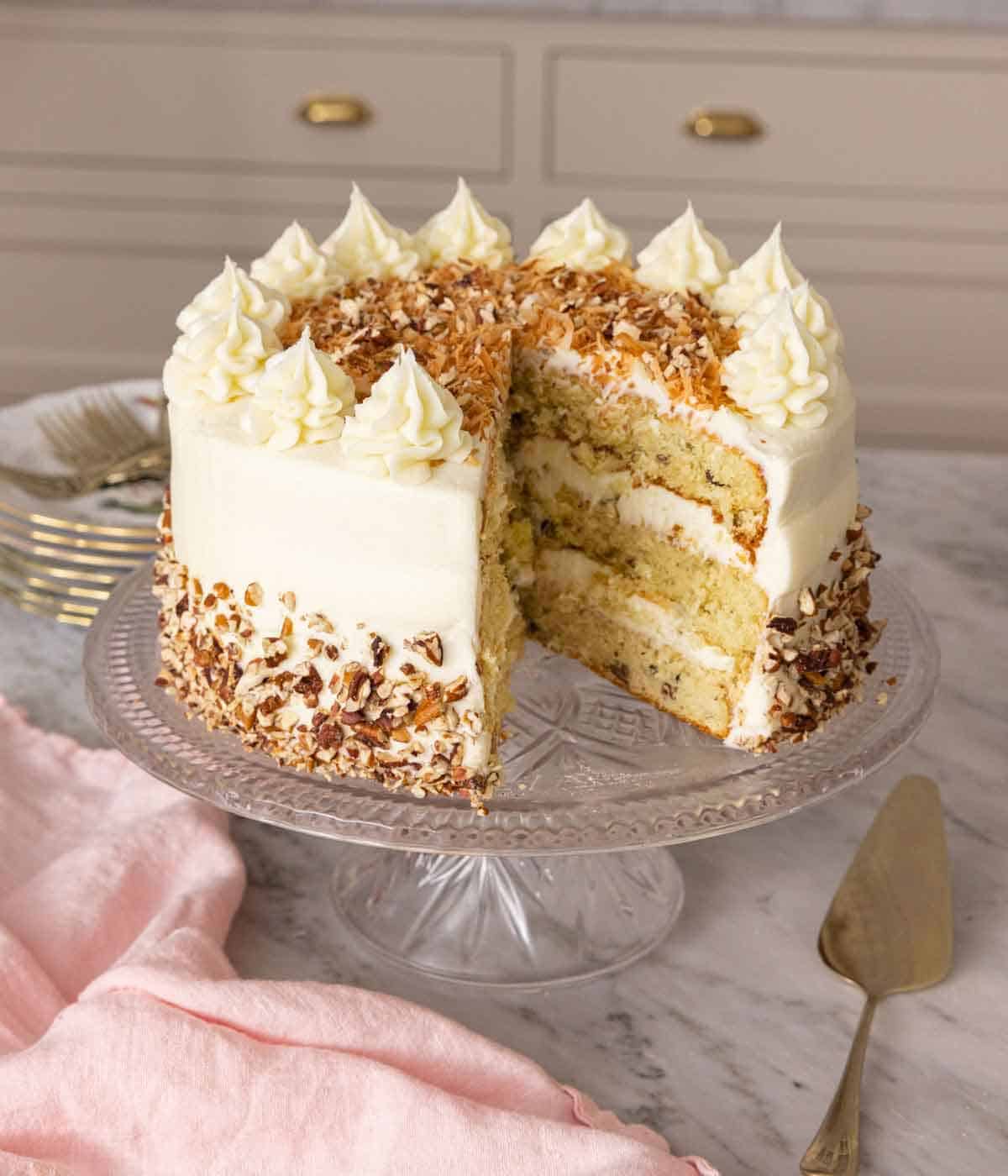
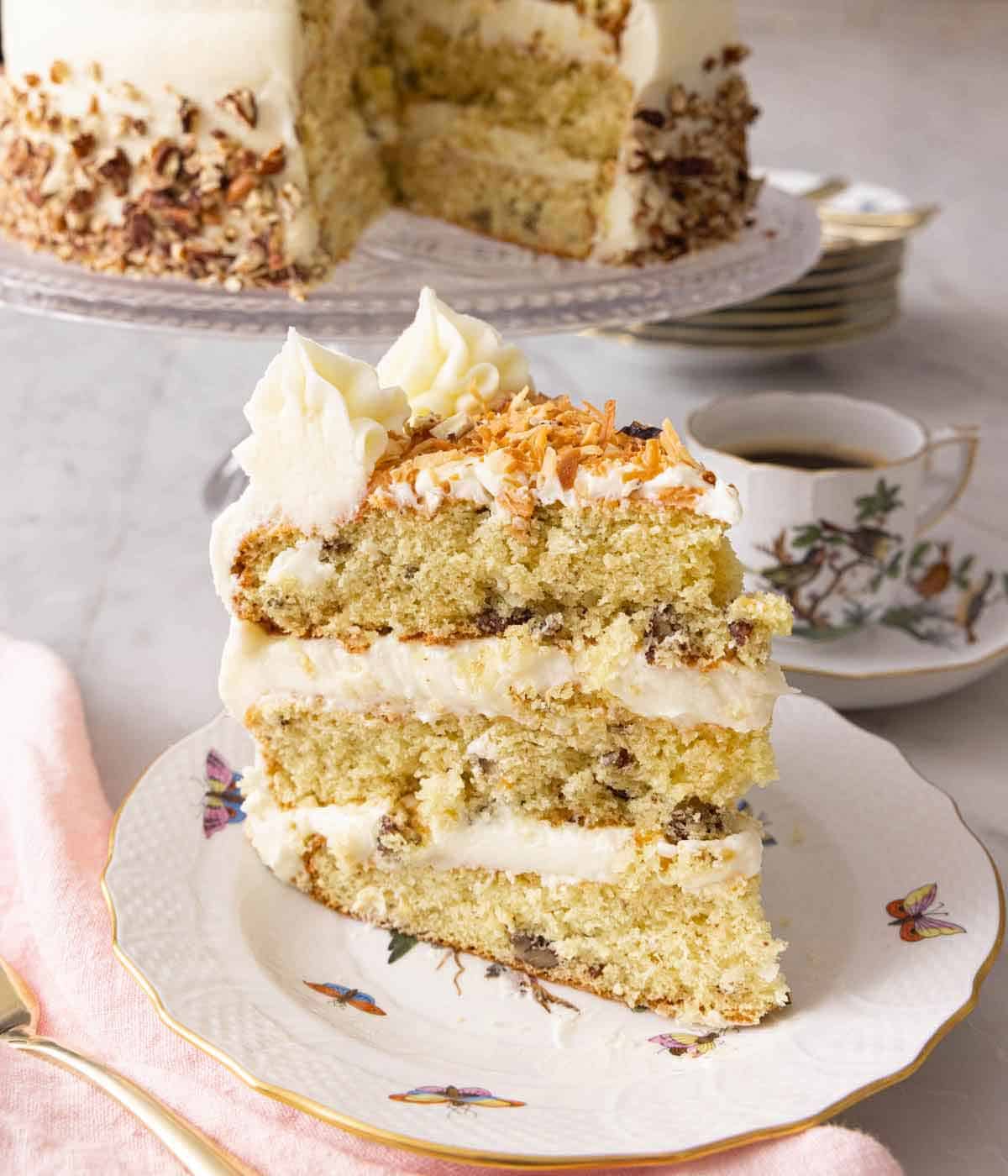

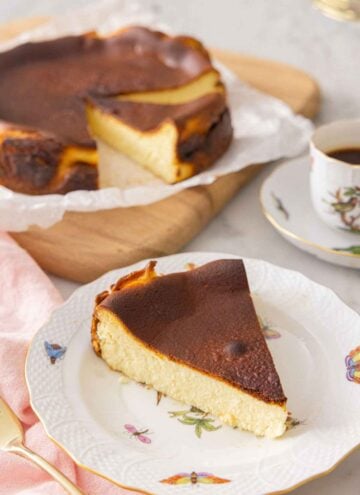
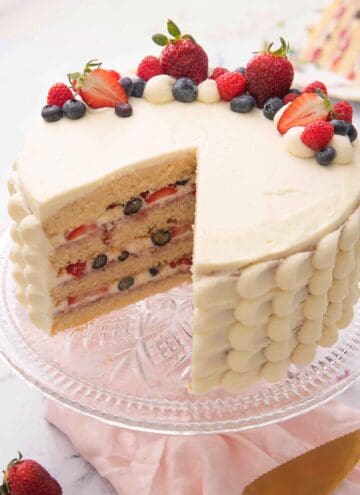
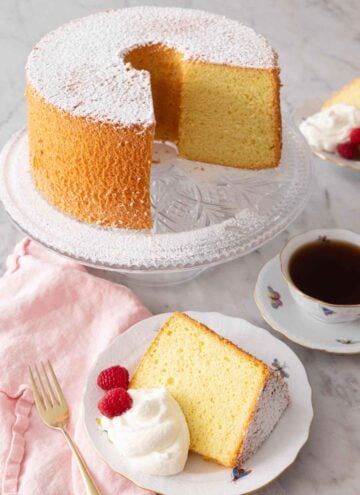
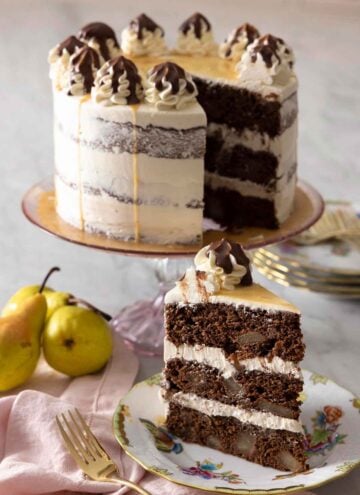

Jordan says
I need some clarification on the suggestions in this paragraph:
“The egg yolks should be at room temperature to ensure they incorporate evenly into your batter without accidentally over-mixing. Egg whites whip up easier when closer to room temperature. Remember that it is easier to separate the egg whites and egg yolks when they’re cold, so separate them ahead of time so the yolks can come to room temperature and keep the whites in the fridge until ready to whip.”
You say that both the yolks and the whites should be at room temperature (I always thought it was only the whites), but then advise keeping the whites in the fridge until ready to whip. Wouldn’t they be too cold? I am confused!